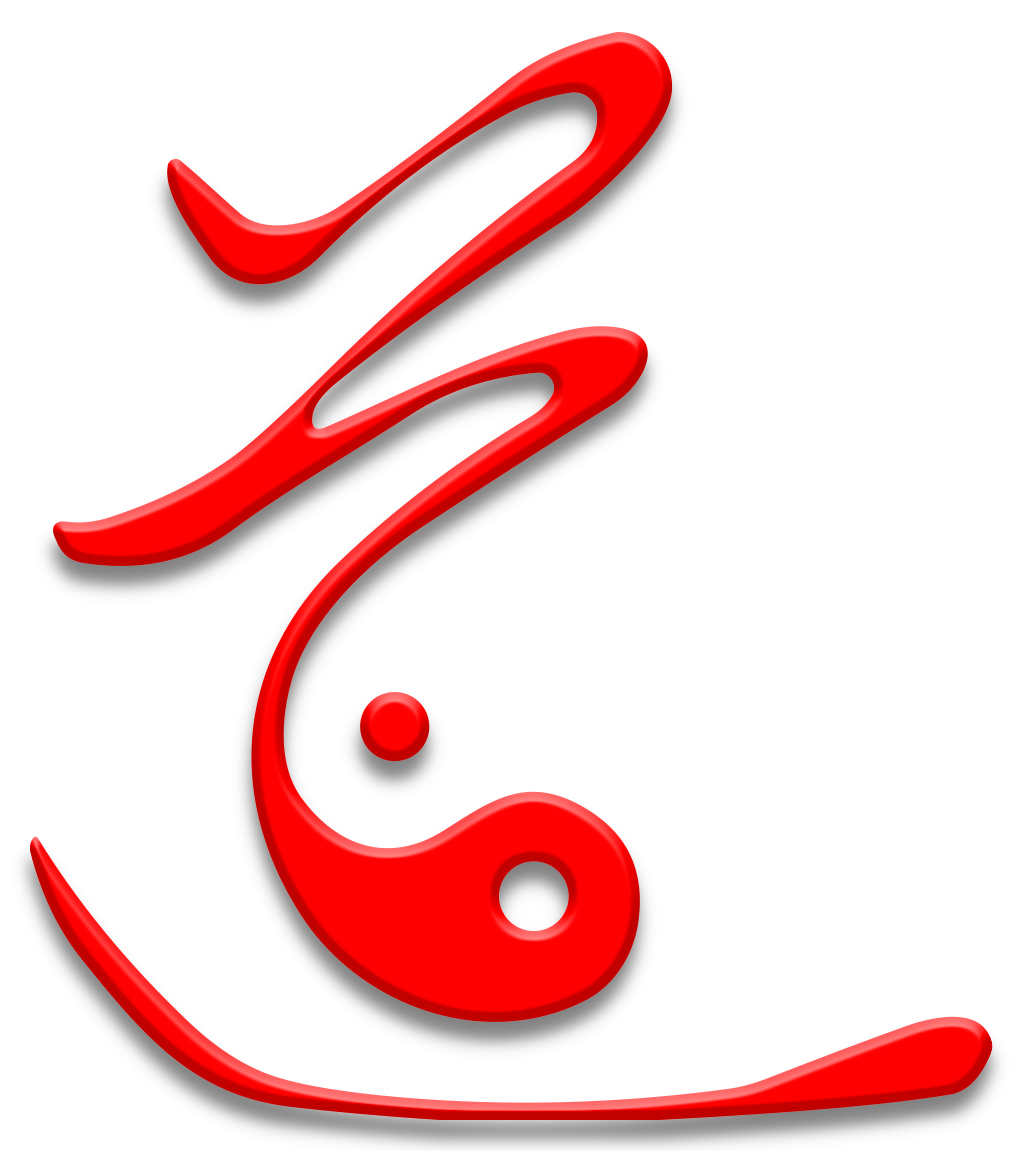Daoism and the Season of Autumn
Sep 1
/
Bernard Shannon
In Daoism and Chinese Medicine, the turning of the seasons is not merely a backdrop to human life, but the unfolding of nature’s rhythms to which we are deeply bound. Each season carries a resonance within the cycle of yin and yang, of Heaven and Earth, and of the Five Elements (五行, wǔxíng). To live in harmony with the Dao is to feel these rhythms, to align one’s body, spirit, and conduct with their unfolding. Within this harmonizing is witnessing these transformations which are a mirror of inner cultivation.
Autumn, the time of gathering and decline, is a particularly poignant season in Daoist thought. It embodies the balance of fullness (from the growing season) and letting go; harvest and contraction; clarity and surrender. By contemplating and practicing in accord with each season, the Daoist learns to flow gracefully with the natural order, rather than resisting or becoming estranged from it.
Autumn in Daoist Cosmology
According to the Five Phases cycle, autumn corresponds to the element Metal (金, jīn), which follows Fire (summer) and precedes Water (winter). Metal is the phase of condensation, refinement, and crystallization. Whereas summer is expansive and fiery, autumn brings a drawing inward, a cutting away of excess, and a concentration of essence.
In the human body, Metal resonates with the Lungs (肺, fèi) and the Large Intestine (大肠, dà cháng). These two organs govern intake and release. The Lungs inhale the pure qi of Heaven and exhale turbid qi. The Large Intestine discards waste, allowing space for renewal. This symbolism reflects autumn’s great lesson, which is to know what must be kept and what must be released.
Autumn is also correlated with the direction West, the color white, and the spirit known as the Po (魄)—the corporeal soul associated with embodiment, instinct, and the mortal aspect of life. As the leaves fall and life contracts, Daoists see in autumn a reflection of mortality and impermanence, but also of purification and clarity.
Virtue: Righteousness and Clarity
The classical texts describe autumn as the time of righteousness (义, yì) and clarity*. The cutting quality of Metal is like a sword. It separates truth from falsehood – the essential from the inessential. In moral cultivation, this season encourages rectitude, justice, and the willingness to make difficult but necessary choices. Just as farmers harvest and cull their crops, the Daoist cultivator prunes away habits, desires, and attachments that no longer serve the path.
The air of autumn is crisp, cool, and transparent, a contrast to summer’s heat and haze. This quality symbolizes mental clarity and discernment. To meditate in autumn is to invite a clear seeing of one’s mind, a sharpening of perception, and a resolve to align with what is true and essential.
Po and the Contemplation of Mortality
Autumn’s connection to the Po, the corporeal soul, gives it a profound spiritual resonance. While the Hun (魂, ethereal soul) rises and continues beyond death, the Po dissolves with the body, returning to the earth. Autumn, when nature begins to wither and life retreats, reminds the cultivator of mortality and impermanence. Yet this is not meant to evoke despair, but to awaken reverence for the fleeting moment and the necessity of refinement.
To contemplate the Po in autumn is to acknowledge our embodied, mortal condition and to care for it wisely. Daoist practice does not reject the physical; instead, it teaches that embodiment is the opportunity for the soul to cultivate through the physical presence of the vessel. Autumn whispers: cherish the breath, tend the body, release the unnecessary, and honor the cycles of life and death.
Autumn as Teacher of Letting Go
The relationship between Wuji and Taiyi is at the heart of Daoist cosmology, spiritual practice, and metaphysical reflection. Wuji is the boundless potential of Dao; Taiyi is the first movement of that potential into unity. From there arise Yin and Yang, the Three, and the Ten Thousand Things.
To know these principles is not merely to understand the structure of the cosmos, but to begin the journey of returning to source. In meditation, in alchemical refinement, and in everyday life, the Daoist seeks not to conquer the world, but to dwell in harmony with it—by rooting deeply in the mystery that precedes all things.
From Wuji to Tai Yi, and from multiplicity back to stillness, the path is always one of returning. In that return, the Dao is revealed.
Conclusion
Autumn, in Daoist thought, is far more than a backdrop of red leaves and cooler air. It is a teacher, a mirror, and a guide. As Metal, it refines and clarifies. As West, it signals the setting sun. As the season of the Lungs and the Po, it invites us to breathe deeply, honor mortality, and release what must return to the earth. Its virtue is righteousness, its movement is contraction, its gift is clarity.
To live in harmony with autumn is to breathe with the season, to align body and spirit with its rhythm, and to accept its teaching of letting go. In doing so, we find not loss but freedom, not death but transformation, not grief but serenity. Autumn an external season and an inner one, guiding the cultivator on the timeless path of Dao.
* In Metal, this clarity manifests as the ability to see through confusion, to cut away attachments, and to refine what is coarse into something pure. In Water, clarity manifests as insight and foresight, the ability to see the root of things because one’s heart-mind is as calm and still as a deep pool.
